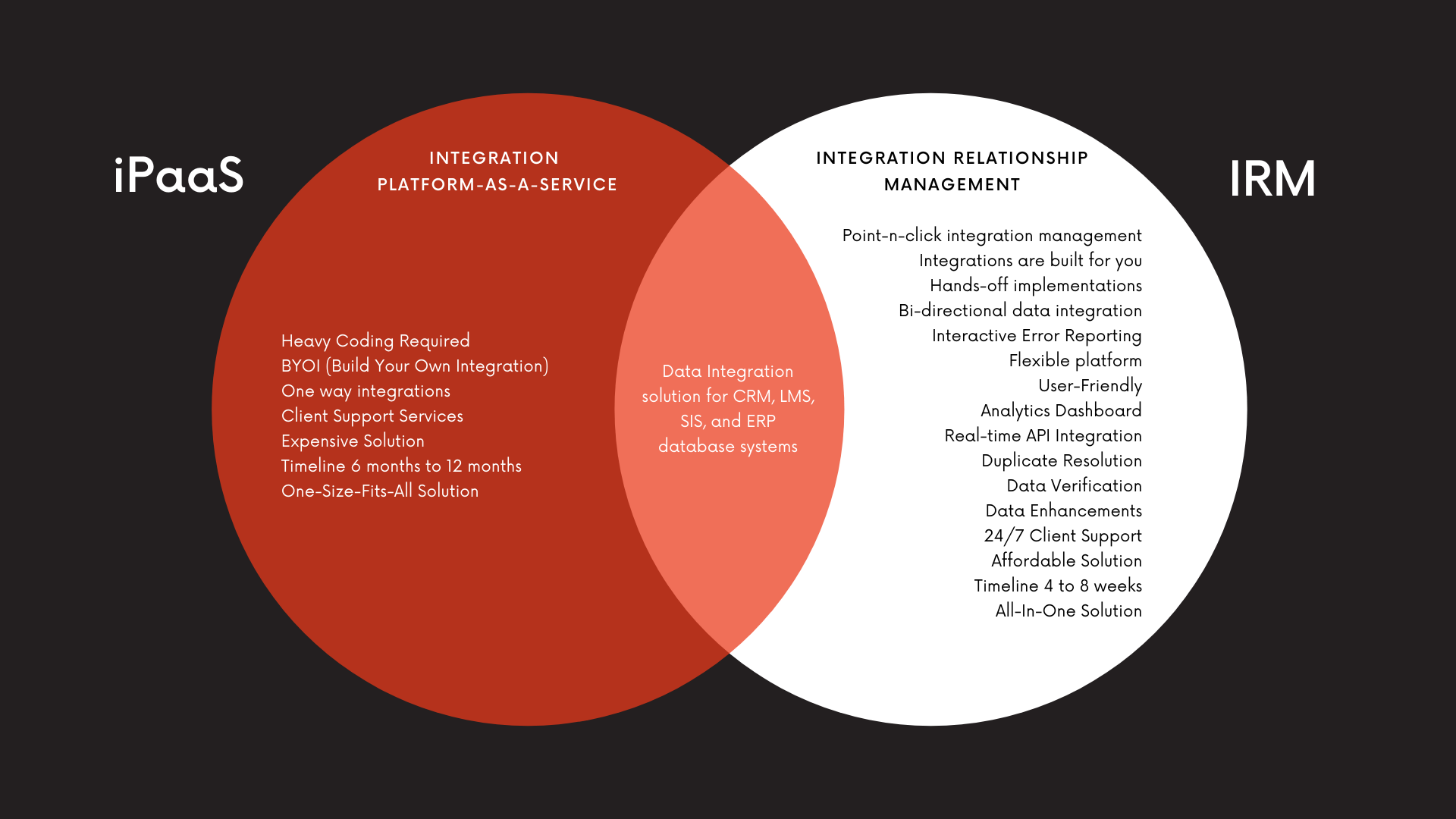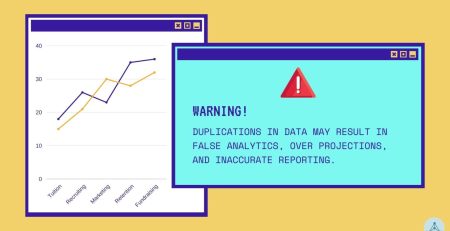The Shortcomings of iPaaS for Higher Educational Institutions

There was a time when Nokia was the king of mobile phones. Then, Apple and Google’s Android came along and kick-started the smartphone revolution. Nokia was still engineering great, durable phones. However, as people started to embrace touchscreen display, ease-of-use, and user experience, its technology slowly became obsolete.
Similarly, higher education institutions have undergone
several technology transitions to optimize connected learning, boost operational efficiency, and automate processes. For many years, iPaaS has been the go-to tool for higher ed institutes to make this possible. However, now, iPaaS platforms are facing the same problem that Nokia faced with the emergence of advanced integration platforms.
Let us learn why higher Ed institutions like are moving away from iPaaS.
Why are Higher Ed institutions like Dordt University are moving away from iPaaS?
Don’t get us wrong. iPaaS has been a great tool for college students, administration, and forward-thinking IT professionals. It allows colleges to integrate on-premise applications and data with a cloud-based application. However, since its inception, the technology hasn’t changed much and is an extremely service-heavy application.
Higher ed institutions have to manage with messy APIs, unhealthy data, expensive maintenance packages, and inefficient information flow. Below are the three major shortcomings of iPaaS for higher ed institutes:
1. Complex Integrations
Most college IT teams can only handle a few integration tasks and require advanced software or IT knowledge to efficiently do so. However, with multiple departments, information pipelines, and tons of data to manage, these platforms are making it difficult to explore new opportunities due to process inconsistencies and siloed systems.
2. iPaaS is a One-Size-Fits-All Solution
Colleges are looking for an all-in-one solution to facilitate data flow. Unfortunately, iPaaS has several providers with a different range of services and individual perks who offer a cookie cutter one-size-fits-all solution. For new colleges planning to hop on board, this arrangement is confusing and will require more research before choosing the right one. Every institution is unique and we should take into consideration its individual business operations and processes.
Instead, higher ed institutions are opting for an integration relationship management (IRM) platform, such as AMSA Connect, that allows them to effortlessly integrate several on-premises applications, verify data, facilitate real-time reporting, and allow interdepartmental communication.
3. Greater Potential for Data Duplication and Human Errors
While iPaaS can empower your IT department to manage data integration, it does not account for other departments manually inputting data into CRM, LMS or ERP databases. This can potentially put your data in danger of duplication, manipulation, and desynchronization. For instance, if the IT department makes changes to a student’s address or contact number, it may not be updated on other department systems.
As a consequence, the accounts department or administration might disperse student documents to the wrong address or fail to contact them. Or if you work in the Alumni department, having the correct address is vital to the success of donor/wealth participation to help meet fundraising goals.

Bottom Line
The bottom line is that iPaaS is quickly becoming obsolete in higher education institutions as they look to adopt futuristic, fully-optimized solutions to manage data flow.
Along with Dordt University many more institutions have decided to choose the smarter way of managing institutional data/knowledge in real-time by choosing to use the integration relationship management platform, AMSA Connect:
- Dordt University
- Dordt University has recently signed with AMSA Connect and is moving away from Jitterbit. Dordt will begin with the Salesforce to Colleague integration.
- Dallas Baptist University
- DBU is on its way to becoming the first institution to completely automate data for their entire campus in real-time. They have integrated: Salesforce CRM, ADP Lifion, Coursedog, Degree Sight, Terra Dotta, and many more to come.
- El Camino Community College
- In Partnership with ConexEd, AMSA Connect helped El Camino Community College….
- Governors State University
- AMSA Connect will provide Governors State University with a robust Salesforce integration for new enrollment applicants into their Colleague student information system.
- Barry University
- AMSA Connect was contracted by Barry University to build the integration for Institution Attend data from Salesforce into Colleague.
- Columbia College, SC
- AMSA Connect will provide a Slate to Jenzabar integration for Columbia College, SC.
- Bellarmine University
- AMSA Connect will provide Bellarmine University with a robust Salesforce integration for new enrollment applicants into their Colleague student information system.
AMSA Connect is a one-of-a-kind integration relationship platform(™) you can use for phone/email verification and data deduplication. It also offers an in-built communication feed where several departments can connect and exchange real-time information. On-premises departments can also use it to update multiple systems simultaneously.











Leave a Reply